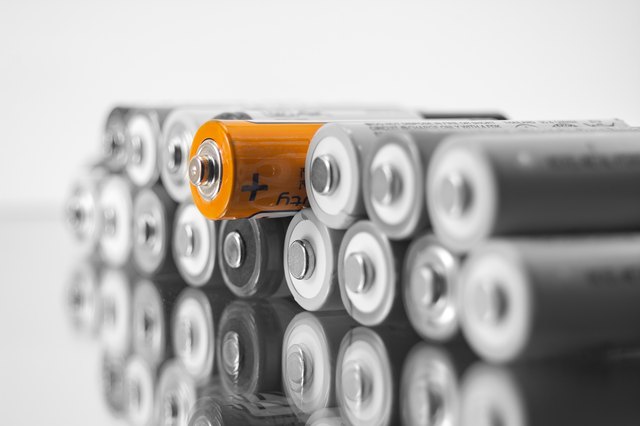

The higher the power density, the higher the power it can supply in smaller sizes. Power density relates the amount of power (amps * voltage) a battery can supply to its weight, and is usually displayed in terms of watt-hours per kilogram (Wh/kg). For example, four AA batteries connected in parallel will still produce 1.5V, however the capacity of the batteries will be quadrupled.Īll of the characteristics above (size, voltage, and capacity) factor into a battery's power density. When you connect two or more batteries in parallel, the capacities add. If you know the average current your project will require, and how long you want it to run before the battery dies, you can pick out a battery that will perfectly suit your project. For example, a 2000mAh battery can supply up to 2A (2000mA) for one hour. The capacity of a battery is usually rated in ampere-hours (Ah) or milliampere-hours (mAh), and it tells you how many amps a fully charged battery can supply over a period of one hour.
#1.5 VOLT BATTERY TEST SERIES#
When tying two batteries in series, it's recommended that they be of the same chemistry also be wary of charging batteries in series as many chargers are limited to single-cell charging.Ĭapacity is another of the more important characteristics to observe when picking your battery. For example, lead-acid car batteries are actually made out of six single-cell lead acid batteries tied together in series the six 2.1V cells add up to produce 12.6V. One more point on battery voltages: when two or more batteries are placed in series, the voltages of the batteries are added together. A fully charged LiPo battery will produce about 4.23V, while when discharged its voltage may be closer to 2.7V.Ĭommon batteries, their chemistry, and their nominal voltage The key word here is 'nominal', as the actual voltage of the battery will fluctuate depending on how much charge it has left. For example, an alkaline battery, like a AA or AAA, has a nominal voltage of about 1.5V, while the voltage of a LiPo battery will usually be around 3.7V. As far as rechargeable batteries go, there's lead-acid (commonly found in automobiles), lithium-ion (often used to power consumer electronics), and NiCd and NiMH batteries (often take the same form as common alkalkine batteries: AA, AAA, etc.).Ī battery's chemistry will also affect the nominal voltage that it will produce. A few of the more popular disposable batteries include alkaline, lithium, and zinc-carbon. Whether the battery is disposable or rechargeable is directly related to the battery's chemistry.

The chemistry that drives a battery is another characteristic to decide upon. Other common battery sizes include AA, AAA, D, and 9V.

Coin cells and lithium-polymer batteries are great choices when a small form-factor is important. In some cases the size and shape of the battery may be the most important factor. Here's a quick rundown.īatteries come in all sorts of shapes and sizes. There is a lot of variety in batteries, and a lot of factors that go into picking the perfect battery for your project. If you don't want to plug your project into a wall, you'll probably be using a battery to power it, so choosing the correct battery for your project is a very important step in the design process. Batteries are an incredibly popular power source that are used in a huge variety of projects.


 0 kommentar(er)
0 kommentar(er)
